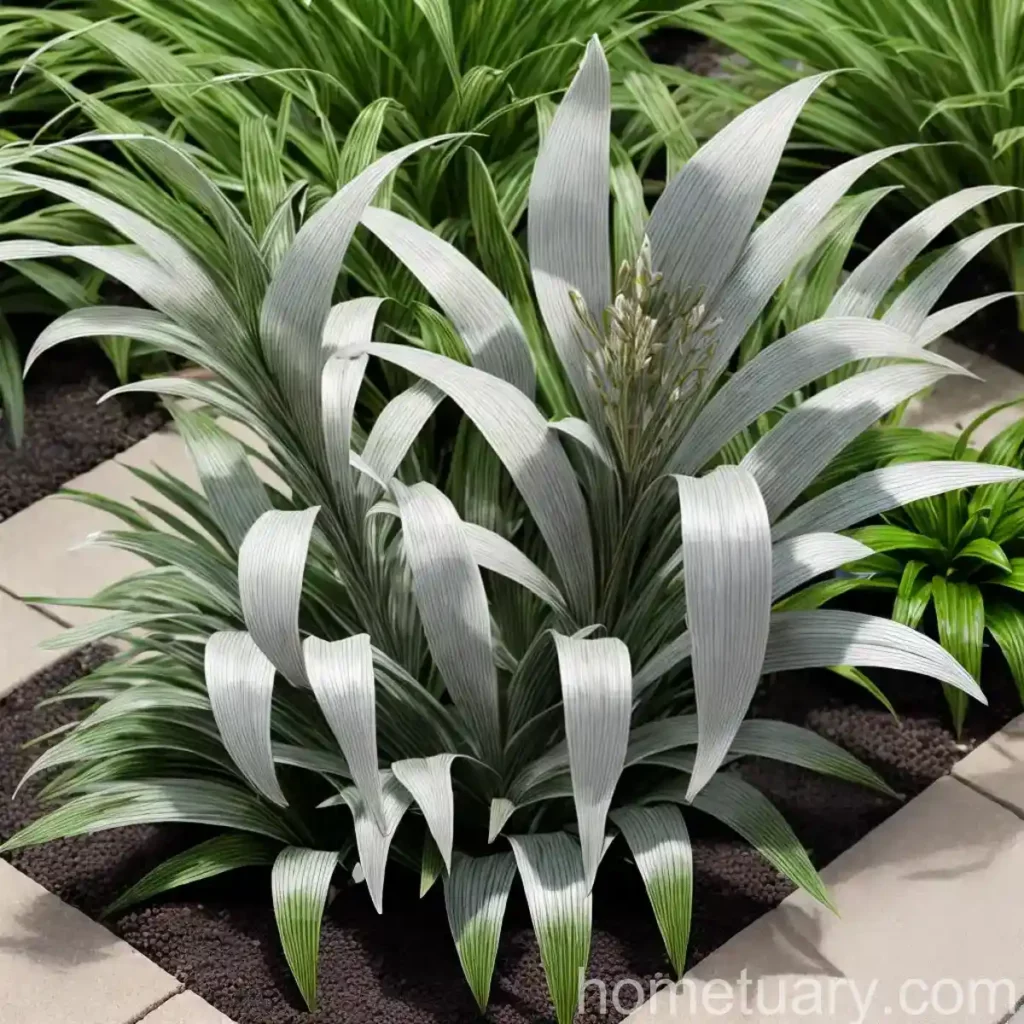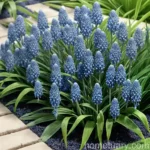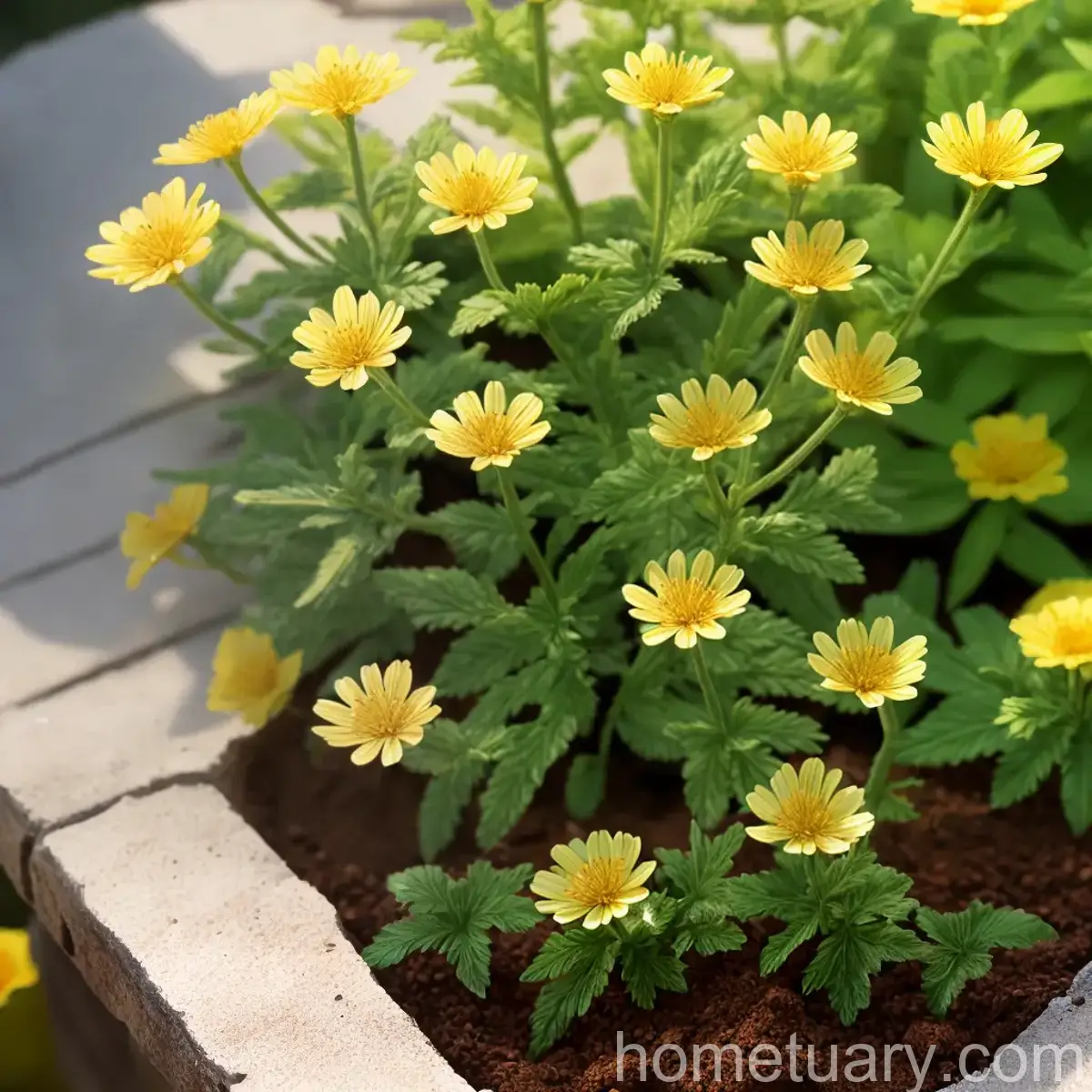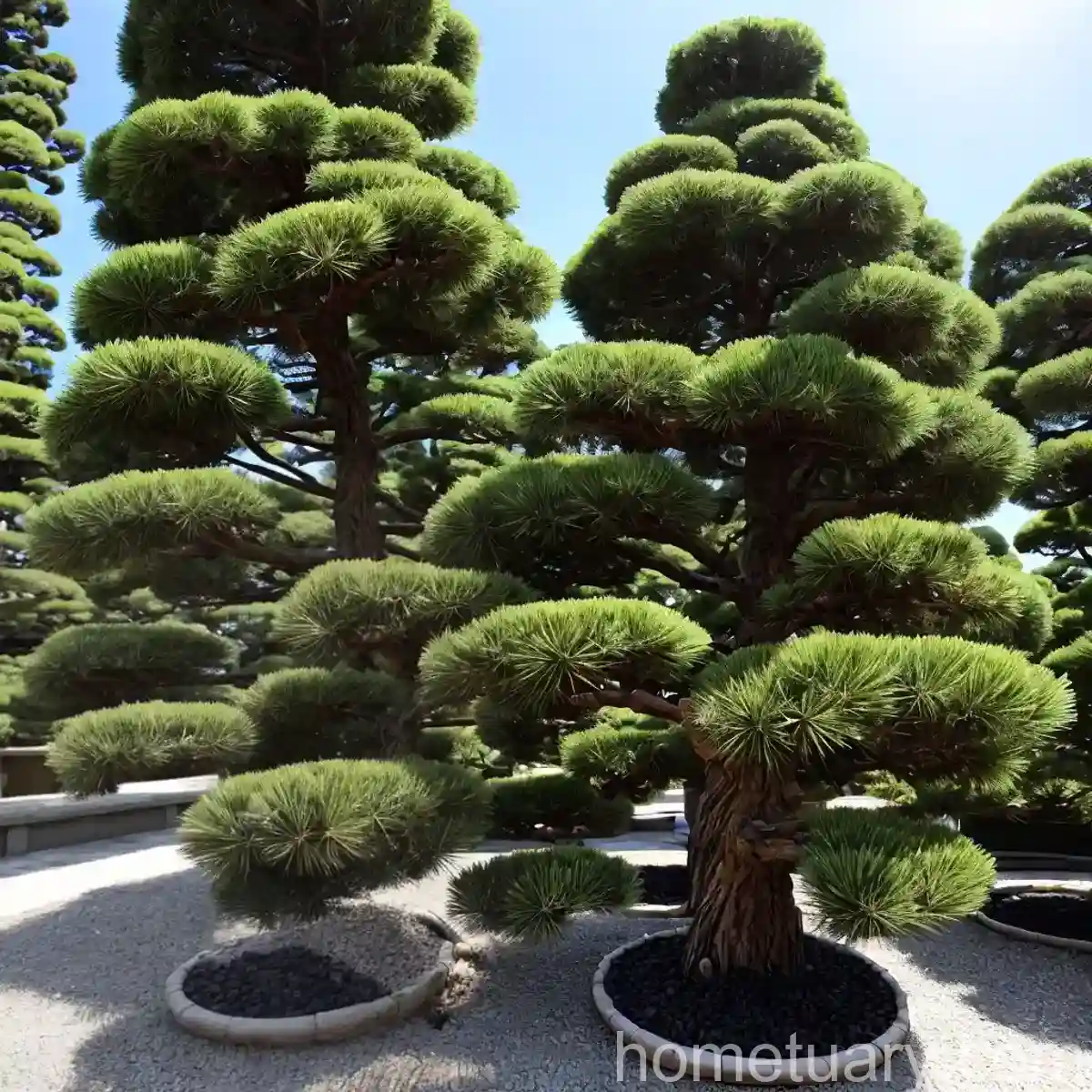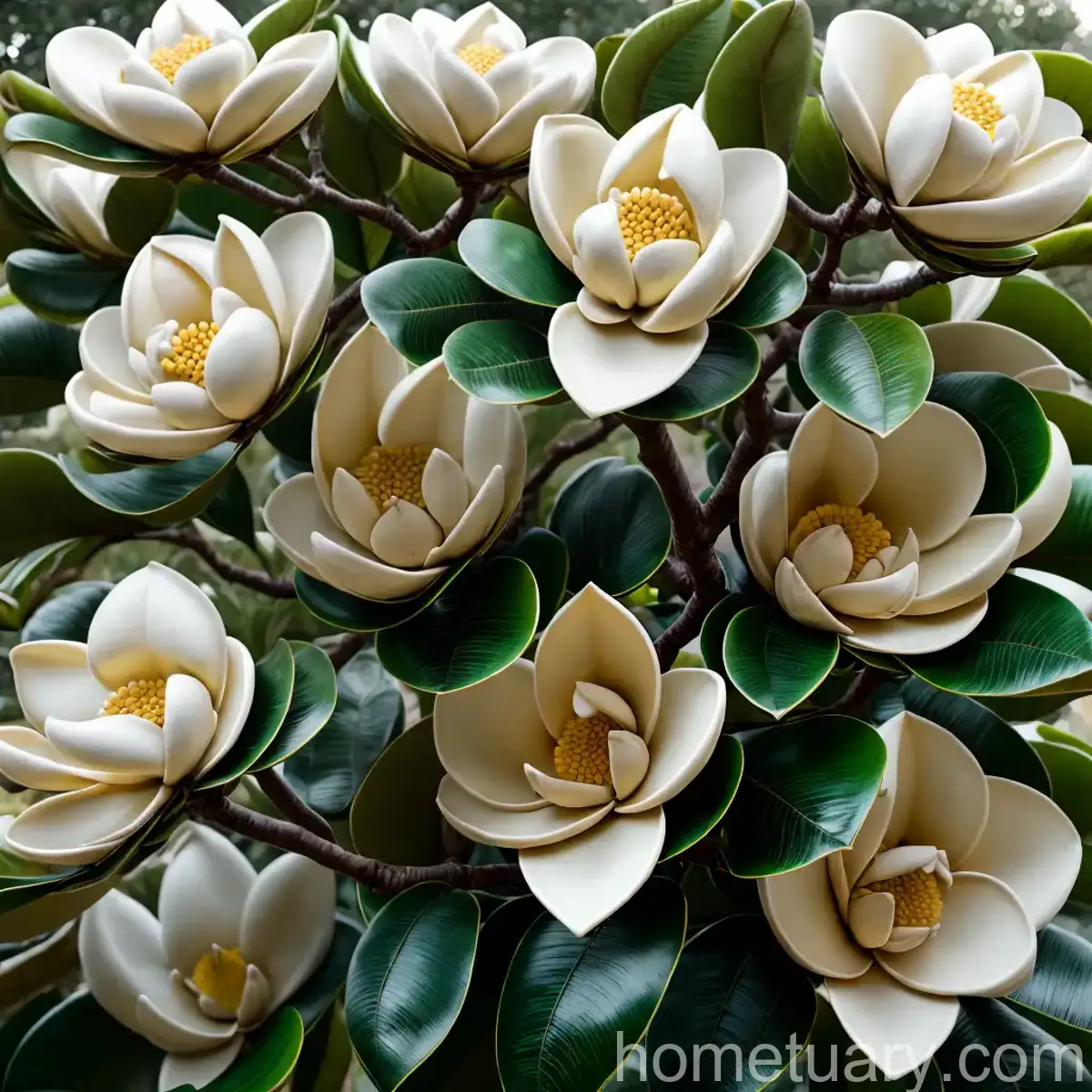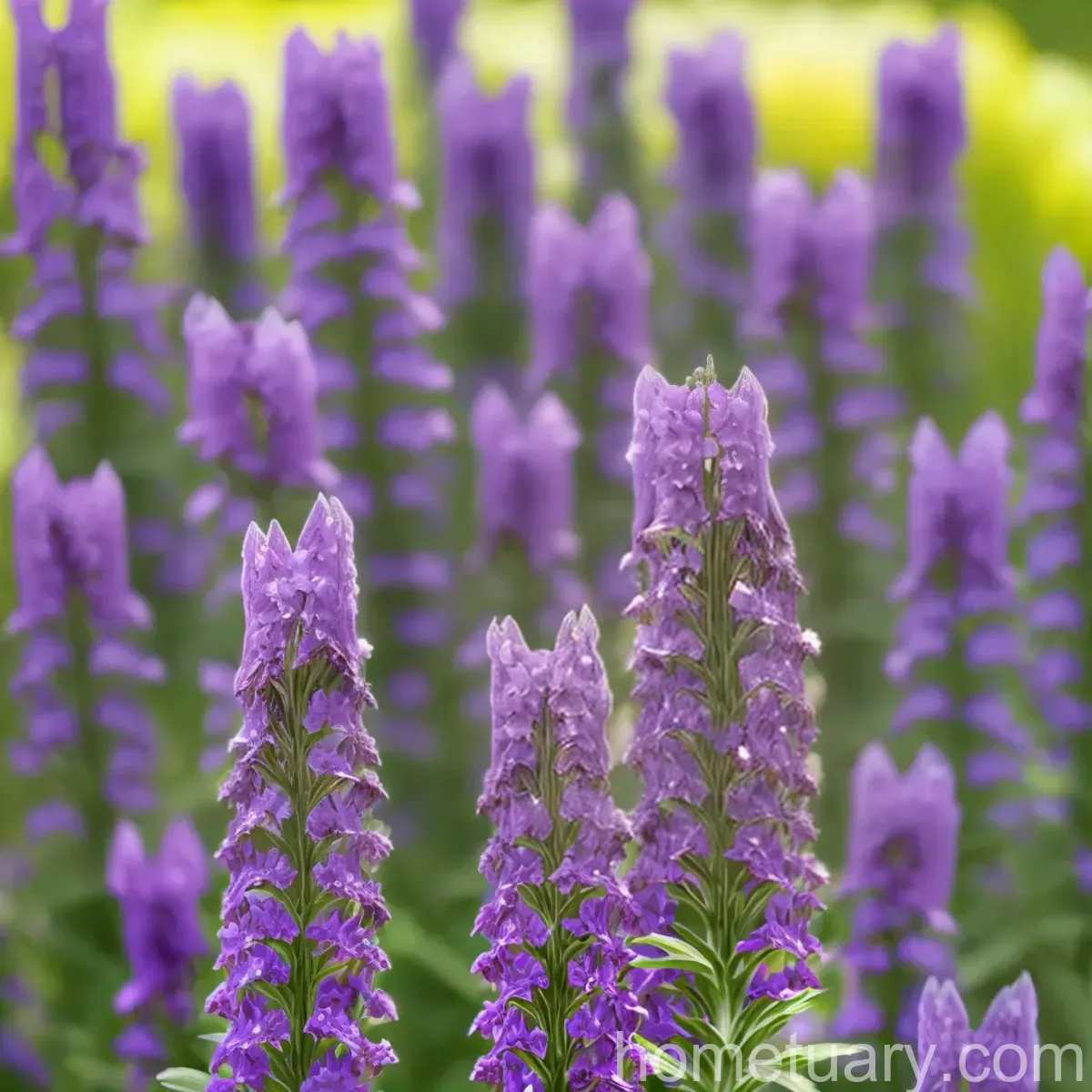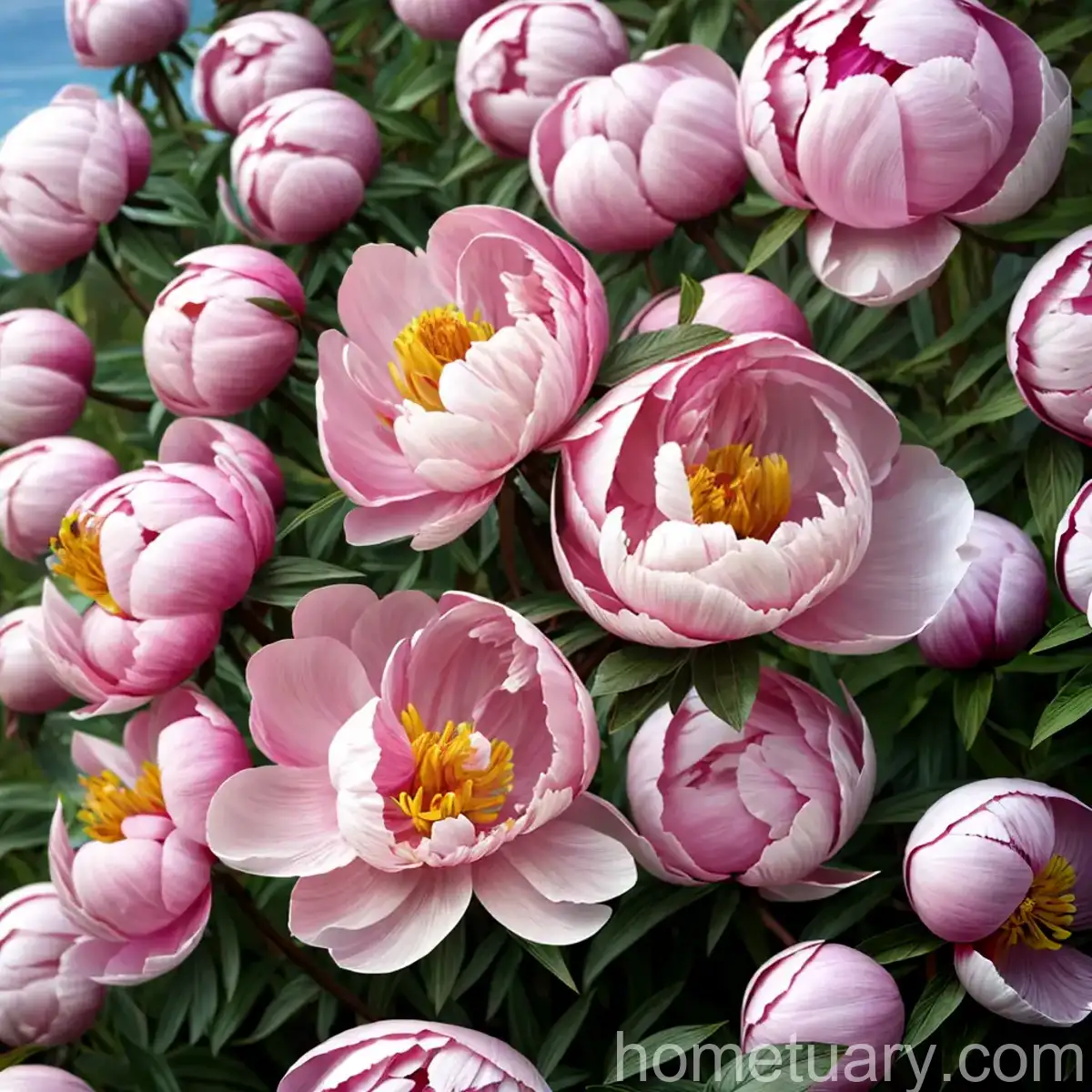The Wonderful World of Lily Turf (Liriope spicata ‘Gin-ryu’ SILVER DRAGON)
In the colorful realm of ornamental plants, lily turf (Liriope spicata ‘Gin-ryu’ SILVER DRAGON) stands out for its elegant beauty and practical uses. From landscaping to erosion control, this versatile plant has garnered attention from both gardening enthusiasts and landscape professionals. In this comprehensive guide, we will explore the captivating traits and practical applications of lily turf, along with essential care tips and interesting facts.
What is Lily Turf (Liriope spicata ‘Gin-ryu’ SILVER DRAGON)?
Lily turf, scientifically known as Liriope spicata ‘Gin-ryu’ SILVER DRAGON, is a species of flowering plant in the Asparagaceae family. It is native to East Asia and is well-loved for its lush, grass-like foliage and delicate, lilac-colored blooms. This perennial plant is valued for its adaptability to a wide range of growing conditions, making it a popular choice for various landscaping and gardening purposes.
Key Takeaways – Lily Turf (Liriope spicata ‘Gin-ryu’ SILVER DRAGON)
Culture
– The cultural requirements of lily turf revolve around appropriate water, sunlight, fertilizer, soil, and pruning practices.
Uses
– Lily turf is a versatile plant used for landscaping, ground cover, erosion control, and as a border plant in gardens.
Water
– Moderate water requirements; not drought-tolerant but shouldn’t be overwatered.
Sunlight
– Thrives in partial to full shade, making it ideal for shaded areas in gardens.
Fertilizer
– Requires occasional fertilization for optimal growth and flowering.
Soil
– Well-draining soil rich in organic matter is ideal for lily turf.
Pruning
– Regular pruning is necessary to maintain the plant’s neat appearance and promote healthy growth.
Propagation
– Propagated through division of clumps or by seed.
Container Popularity
– Suitable for container gardening, adding texture and greenery to confined spaces.
Common Diseases
– Susceptible to fungal diseases such as anthracnose and leaf spot.
Common Pests
– Prone to attacks from pests such as aphids and spider mites.
Botanist’s Tips
– Incorporate lily turf in woodland gardens, rain gardens, and coastal gardens for stunning visual appeal.
Fun Facts
– Liriope spicata ‘Gin-ryu’ SILVER DRAGON is an excellent pollinator plant and attracts butterflies with its charming blooms.
Lily Turf (Liriope spicata ‘Gin-ryu’ SILVER DRAGON) in Detail
Now, let’s delve deeper into the specifics of lily turf, from its care requirements to its ecological significance and practical applications in diverse garden settings.
Lily Turf Care
Giving your lily turf the care it needs is essential for ensuring its health and vitality. Here are the key aspects of lily turf care:
Water
– Lily turf requires consistent moisture, especially during the establishment phase and in hot, dry conditions. Adequate watering is crucial for promoting healthy foliage and vibrant blooms.
Sunlight
– This plant prefers partial to full shade, making it an excellent choice for shaded areas under trees or in north-facing gardens. However, it can tolerate some morning sun.
Fertilizer
– Fertilize lily turf in early spring with a balanced, slow-release fertilizer to support its growth and flowering. Avoid excessive fertilization, as it can lead to lush foliage at the expense of flowers.
Soil
– Well-draining, humus-rich soil is ideal for lily turf. Amending the soil with organic matter can improve its texture and fertility, supporting the plant’s overall health.
Pruning
– Regular pruning helps maintain the plant’s neat appearance and prevents the accumulation of dead foliage. In late winter or early spring, trim back the old foliage to pave the way for new growth.
Uses of Lily Turf
Lily turf boasts a wide array of uses, making it a valuable addition to gardens, landscapes, and even containers. Here are some of its common applications:
Landscaping
– The lush, grass-like foliage of lily turf makes it a popular choice for landscaping, where it can be used as a ground cover, edging plant, or accent in flower beds.
Erosion Control
– With its dense root system, lily turf effectively stabilizes soil on slopes and prevents erosion, making it a functional and aesthetically pleasing solution for such areas.
Borders
– Planting lily turf along garden borders creates a neat, defined edge while adding a touch of greenery and natural beauty to the landscape.
Container Plant
– Due to its adaptability to container growing, lily turf can be used to bring vibrancy and texture to patio gardens, balconies, and other confined spaces.
Propagation of Lily Turf
Lily turf can be propagated through division or by seed, providing an opportunity to expand your plant collection or share this delightful species with fellow gardening enthusiasts:
Division
– Divide established clumps of lily turf in spring or early fall, ensuring that each division has both roots and foliage. Replant the divisions at the desired locations, and keep them well-watered during the establishment period.
Seed Propagation
– If you opt for seed propagation, sow the seeds in a well-prepared seedbed in the garden or in containers in a greenhouse. Keep the soil moist, and the seeds should germinate within a few weeks, giving rise to new lily turf plants.
Lily Turf and Popular Varieties
In addition to Liriope spicata ‘Gin-ryu’ SILVER DRAGON, several other lily turf varieties are sought after for their distinct features and adaptability to diverse growing conditions. Some popular varieties include:
- Liriope muscari: Known for its vibrant purple flowers and variegated foliage, this variety adds a burst of color to shaded gardens.
- Liriope spicata ‘Silver Dragon’: With its silvery-green foliage and delicate lilac blooms, this variety imparts a touch of elegance to garden settings.
- Liriope spicata ‘Majestic’: Renowned for its striking, dark green foliage and compact growth habit, this variety is an excellent choice for mass planting and ground cover applications.
Common Diseases and Pests
To maintain the health and vigor of lily turf, it’s essential to be aware of potential diseases and pests that can affect this plant:
Diseases
– Fungal diseases such as anthracnose and leaf spot can occur, especially in conditions of high humidity and poor air circulation. Proper sanitation and cultural practices can help prevent these diseases.
Pests
– Lily turf is susceptible to attacks from pests such as aphids, spider mites, and scale insects. Regular inspection and prompt intervention can help mitigate pest infestations.
Botanist’s Tips for Lily Turf in Garden Design
Here are some insightful tips from botanists for maximizing the aesthetic appeal and ecological value of lily turf in garden design:
-
Incorporate lily turf in woodland gardens to bring a touch of verdant charm to shaded areas, complementing the natural beauty of the surroundings.
-
In coastal gardens, lily turf offers a resilient and attractive option for stabilizing soil, preventing erosion, and enriching the coastal landscape with its lush foliage and delicate blooms.
-
Utilize lily turf in rain gardens to enhance water absorption, reduce runoff, and create visually captivating, eco-friendly landscapes.
Fun Facts about Lily Turf
Uncover some interesting and delightful facts about lily turf that highlight its unique characteristics and ecological contributions:
-
Liriope spicata ‘Gin-ryu’ SILVER DRAGON serves as an excellent pollinator plant, attracting butterflies with its graceful blooms and providing nectar for these charming winged visitors.
-
Lily turf has been utilized in traditional medicine for its purported healing properties, reflecting its cultural and medicinal significance in certain regions.
-
As a low-maintenance and visually appealing ornamental grass, lily turf adds an enchanting touch to landscapes while attracting beneficial wildlife such as pollinators and birds.
Links to External Resources
For further information and inspiration regarding lily turf, consider exploring the following resources:
- Royal Horticultural Society (RHS) – Growing Liriope
- University of Florida IFAS Extension – Liriope spicata
- The Spruce – Lily Turf: A Versatile Ground Cover for the Garden
- Missouri Botanical Garden – Liriope spicata
- North Carolina State University Extension – Lilyturf
In conclusion, lily turf (Liriope spicata ‘Gin-ryu’ SILVER DRAGON) captivates with its beauty and versatility, making it an invaluable addition to gardens, landscapes, and container plantings. By understanding its cultural requirements, practical applications, and ecological significance, gardeners and enthusiasts can fully appreciate and harness the potential of this enchanting plant in diverse horticultural settings. Whether employed as a ground cover, border plant, or erosion controller, lily turf shines as a precious gem in the world of ornamental plants, offering both aesthetic allure and ecological benefits.

